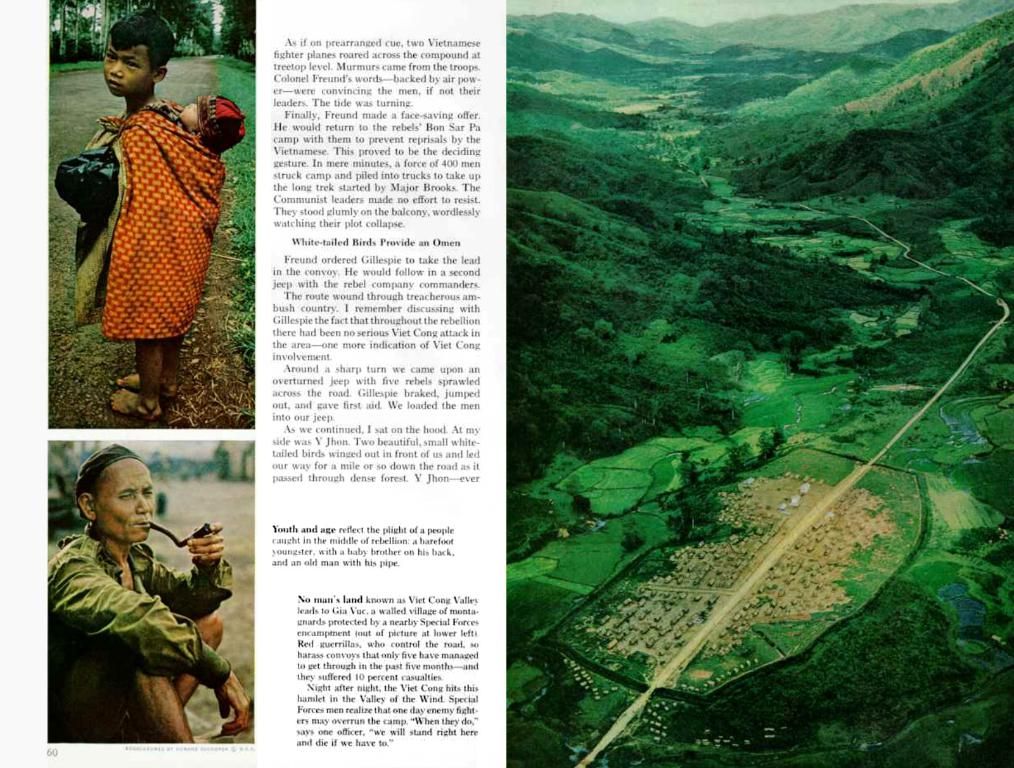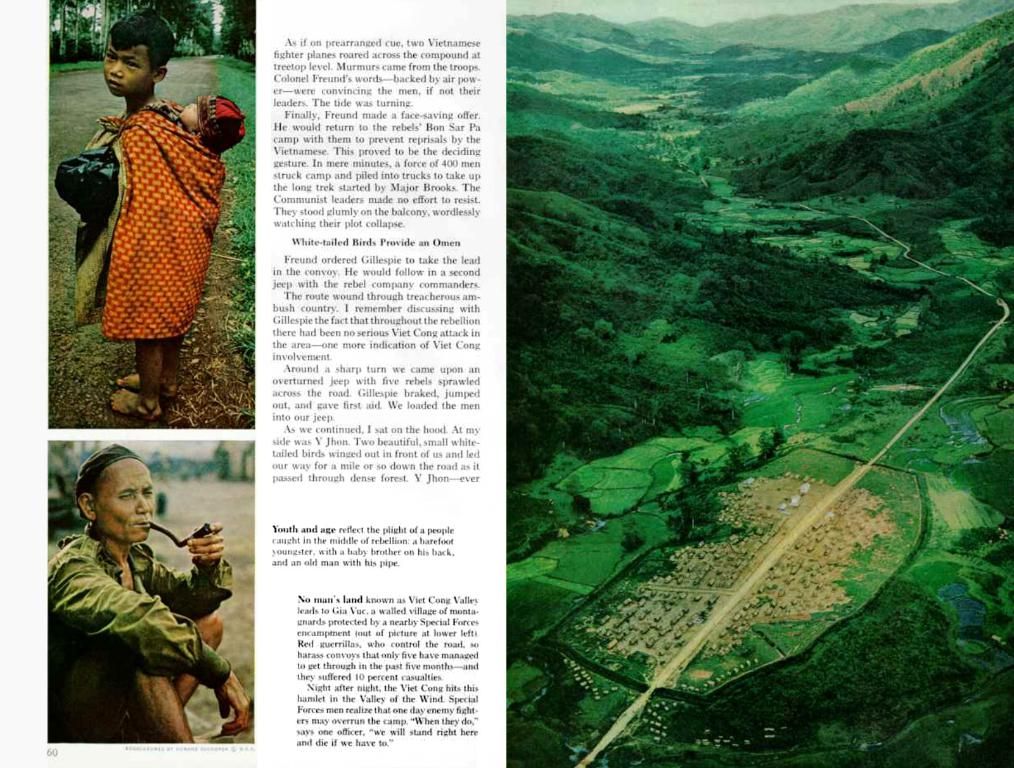Strategies for Composing a Western Story or Novel
Writing a Gripping Western: Essential Elements for Crafting an Engrossing Story
Whether you are enthralled by the allure of the Wild West or inspired by timeless tales of justice, survival, and grit, writing a Western can be a rewarding endeavor. Here's what you should consider when crafting a compelling Western:
The backbone of a successful Western lies in understanding its core elements, which include setting, themes, characters, and tropes.
Setting
To bring authenticity to your story, ground it in accurate details, even when creating a stylized or alternative version of the West. Diligently research the geography, towns, technology, and daily life pertinent to the era.
Often, the colossal, untamed landscapes of the West (deserts, plains, mountains) significantly contribute to the narrative, influencing characters' journeys, obstacles, and moods. Leverage these landscapes to heighten tension and drama.
Themes
Embrace the moral complexity inherent in the Western genre, as it thrives on situations that blur the lines between good and evil. Explore the gray areas of justice, redemption, revenge, and survival.
The frontier spirit, reflected in themes of exploration, freedom, and resilience in the face of harsh conditions, is also central. Engage audiences with explorations of characters seeking new beginnings or escaping their pasts.
Characters
Classic Western characters, such as the lone gunslinger, lawman, outlaw, frontier woman, or Native guide, can provide a solid foundation. However, subverting these archetypes (e.g., revealing hidden motivations) adds depth and originality to your story.
Characters should possess clear desires, fears, and flaws. Their choices under pressure reveal their true nature and drive the plot forward.
Tropes
Showdowns (e.g., high-noon duels) and journeys (such as cattle drives or pursuits) are classic Western tropes that contribute to a rich narrative. Consider using these elements to build suspense and resolve key conflicts.
The conflict between law and chaos (e.g., marshals versus outlaws) is central; similarly, the clash of cultures (e.g., settlers versus Native Americans) often generates tension. Characters' pursuit of redemption or revenge can pave the way for personal transformation.
Narrative and Structure
Westerns often adhere to a clear beginning, middle, and end, with escalating conflict and a climactic resolution. Maintain a balanced pacing and escalating tension throughout the story.
To engage readers, pose challenging moral dilemmas for your characters and uphold a believable, immersive world while creatively subverting tropes and plot twists.
By effectively merging research, strong themes, complex characters, and classic tropes with fresh twists, your Western story can engage and captivate readers, cementing its place within the genre.
In the process of crafting an engrossing Western, it's essential to revise the plotting to ensure a gripping narrative, incorporating accurate settings such as landscapes, towns, and daily life from the era, thereby enriching the storytelling. Moreover, focusing on the lifestyle and home-and-garden aspects of the time can provide unique and authentic details, adding depth to characters and their motivations.








